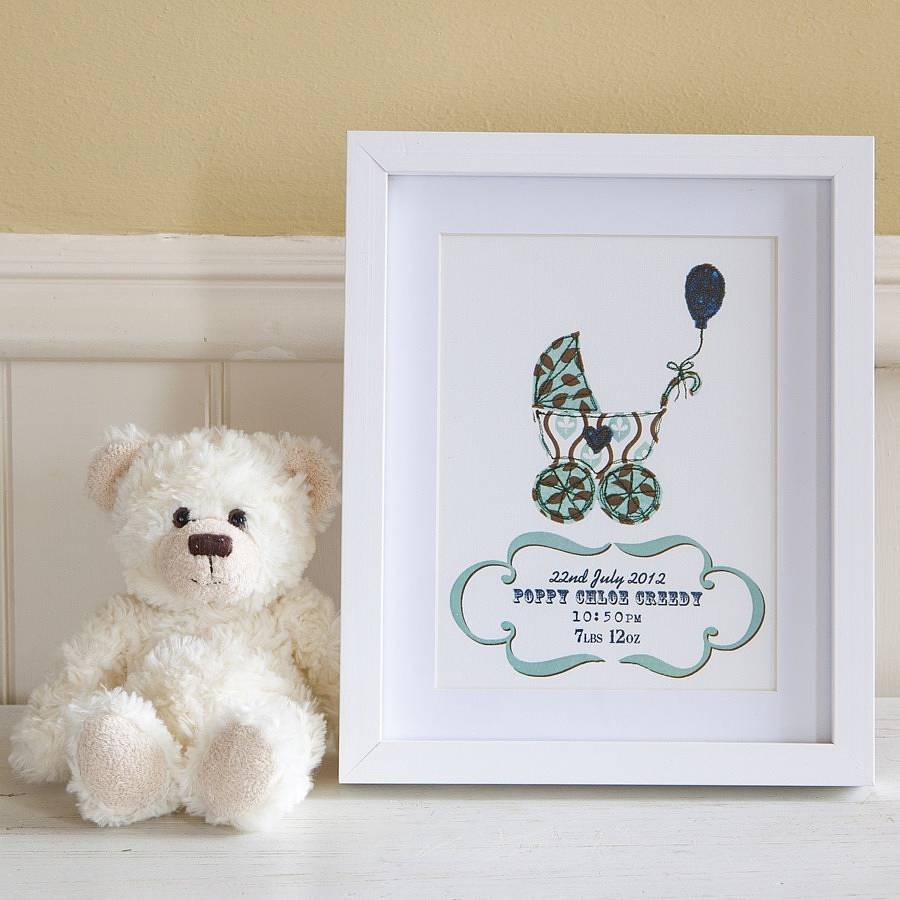Ten Tips That Will Make You Guru In Personalised Gifts
페이지 정보

본문
5. Pothos: Pothos, also known as devil's ivy, is a trailing vine with heart-shaped leaves that come in a range of colours, from green to variegated. It does well in low light conditions and only requires occasional watering.
The 18th century saw a shift towards a more naturalistic style of garden design in Britain. The Romantic movement, with its emphasis on the beauty of nature and the picturesque landscape, had a profound impact on garden design during this period. Instead of the formal layouts and geometric patterns of previous eras, garden designers began to create more informal, flowing landscapes that were meant to evoke a sense of tranquility and harmony with nature.
6. Repotting: Over time, tropical houseplants may outgrow their pots and become root-bound. When this happens, it's important to repot your plants into a larger container with fresh, well-draining soil. Repotting can help to prevent root rot and give your plants room to grow.
One of the key benefits of having houseplants in our homes is their ability to improve air quality. Plants naturally remove toxins from the air through a process called photosynthesis, where they take in carbon dioxide and release oxygen. This can help to reduce the levels of harmful chemicals such as formaldehyde, benzene and trichloroethylene, which are commonly found in indoor environments due to household products and pollution. By having a variety of houseplants in your home, you can create a healthier and cleaner living space for you and your family.
The history of garden design is a rich tapestry of styles, influences, and innovations, reflecting the changing aspirations, values, and aesthetics of different societies. From the formal gardens of ancient civilizations to the contemporary landscapes of today, the art of garden design has continually evolved to meet the needs and desires of each era. The principles of sustainability, biodiversity, and ecological sensitivity are now guiding the evolution of garden design, as designers seek to create landscapes that are both beautiful and environmentally friendly. The future of garden design promises to be as diverse, dynamic, and innovative as its past, as designers continue to push the boundaries of creativity and imagination in shaping the landscapes of tomorrow.
3. Spider Plant: One of the easiest houseplants to care for, the spider plant is known for its long, arching leaves and ability to purify the air. It does well in a range of light conditions and only requires occasional watering.
1. Spider mites: These tiny pests can infest tropical houseplants and cause damage to their leaves. To get rid of spider mites, you can wash your plants with a gentle soap solution, increase humidity levels, or introduce natural predators like ladybugs.
One of the most famous examples of Tudor garden design is Hampton Court Palace, which boasts a magnificent array of formal gardens, including the famous knot garden and the Great Vine. These gardens were meticulously planned and maintained, with every plant and tree placed with precision to create a sense of order and symmetry.
3. Humidity: Tropical houseplants thrive in a humid environment. To increase humidity levels around your plants, you can mist them regularly, place a humidifier nearby, or group them together to create a microclimate.
1. Light: Most tropical houseplants prefer bright, indirect light. Place your plants near a window where they can receive filtered sunlight throughout the day. Avoid placing plants in direct sunlight, as this can cause their leaves to burn.
2. Water: Tropical houseplants generally like to be kept evenly moist but not waterlogged. Water your plants when the top inch of soil feels dry to the touch. Make sure to use room temperature water and avoid letting your plants sit in water, as this can lead to root rot.
Today, garden design encompasses a wide range of styles and approaches, from traditional to contemporary, formal to informal, minimalist to maximalist. The principles of sustainability, biodiversity, and ecological sensitivity have become increasingly important in garden design, as designers seek to create landscapes that are both beautiful and environmentally friendly.
In medieval Europe, garden design underwent a transformation with the influence of Christian monasticism and Islamic garden traditions. Monastic gardens were designed to provide sustenance, solace, and personalised gifts uk meditation for monks, with simple layouts and utilitarian plants. Islamic gardens, on the other hand, were designed as havens of tranquility and beauty, with lavish water features, lush vegetation, and ornate tile work.
In the 20th century, garden design in Britain began to reflect a more eclectic and diverse range of influences. Modernist architects such as Le Corbusier and Frank Lloyd Wright began to play a role in garden design, with a focus on simplicity, functionality, and the integration of indoor and outdoor spaces.
 The Tudor era is often regarded as the starting point for formal garden design in Britain. Influenced by Italian Renaissance gardens, Tudor gardens were characterized by their symmetrical layouts, geometric patterns, and elaborate topiary. These gardens were often seen as extensions of the grand estates on which they were located, serving as status symbols for their wealthy owners.
The Tudor era is often regarded as the starting point for formal garden design in Britain. Influenced by Italian Renaissance gardens, Tudor gardens were characterized by their symmetrical layouts, geometric patterns, and elaborate topiary. These gardens were often seen as extensions of the grand estates on which they were located, serving as status symbols for their wealthy owners.
- 이전글When Kanye West Graduation Album Posters Companies Develop Too Rapidly 24.09.14
- 다음글7 Great Tips To Cure Heel Spur Pain 24.09.14
댓글목록
등록된 댓글이 없습니다.

